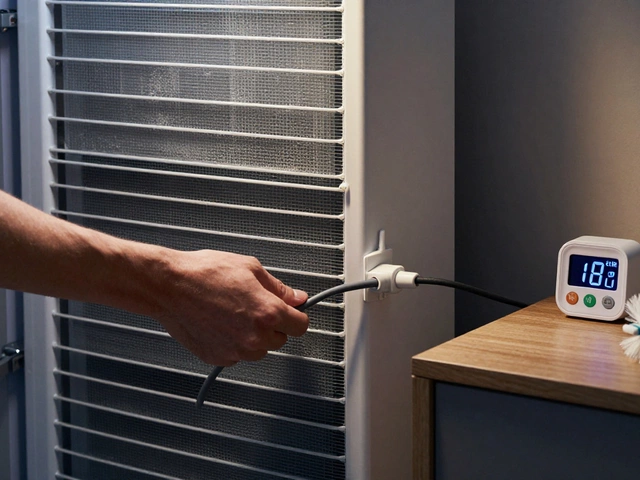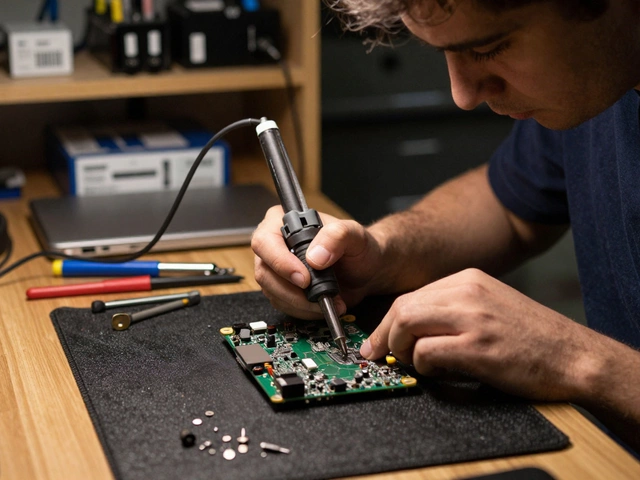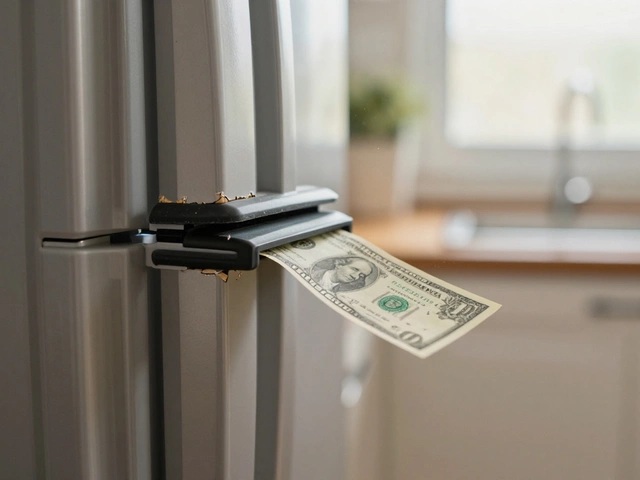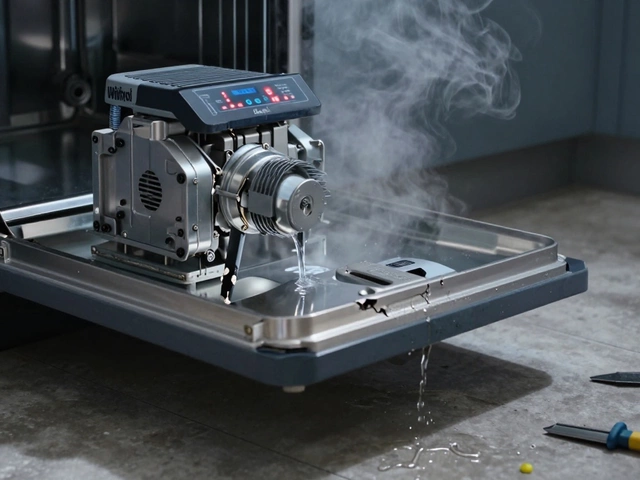Replace or Repair Oven: How to Choose the Right Move
Got an oven that’s acting up? Before you call a tech or toss it out, take a quick look at the symptoms. A cooker that won’t heat, strange noises, or uneven baking can often be fixed with a few parts. But sometimes the cost of parts plus labour adds up faster than buying a new unit. This guide helps you spot the tell‑tale signs, weigh costs, and decide whether a repair or a replacement makes sense.
Common Oven Problems You Can Fix Yourself
Most ovens have three usual culprits: the heating element, the thermostat/control board, and the door seal. A burnt‑out heating element is easy to test – turn the oven on and look for a red glow. If it stays dark, the element likely needs swapping. You can order the correct part online and replace it with a screwdriver in under an hour.
The thermostat (or temperature sensor) can cause the oven to run too hot or stay cool. Use an ohmmeter to check resistance; most sensors read around 1,100 Ω at room temperature. If the reading is off, replace the sensor – it’s cheap and a quick swap.
Leaky door seals let heat escape, making baking take longer and using more energy. Feel around the rim for gaps or tears. A new gasket costs less than £20 and can be pressed into place without any tools.
When It’s Time to Replace the Oven
If you’ve already replaced the element, sensor, and gasket and the oven still misbehaves, think about age and overall cost. Older models (especially pre‑2000) often have outdated wiring and lower energy efficiency. A new oven can cut your electricity bill by up to 30%, which adds up over time.
Calculate the repair cost plus a year of extra energy use and compare it with the price of a new, energy‑star rated oven. If repairs exceed 50 % of a new unit’s price, replacement is usually the smarter choice.
Also consider safety. Faulty wiring or a cracked oven door can be fire hazards. If you notice sparks, strange smells, or the oven trips the breaker, replace it immediately – the risk isn’t worth a cheap fix.
Finally, think about convenience. New ovens come with self‑cleaning cycles, smarter controls, and better temperature accuracy. If your old oven lacks these features, a replacement can make cooking easier and faster.
Bottom line: start by checking the element, sensor, and seal. If those parts fix the issue and the cost stays low, repair wins. If the oven is old, constantly breaking, or unsafe, put the money toward a new, efficient model. Either way, a quick assessment saves you time, money, and kitchen headaches.
Is It Worth Repairing a 7 Year Old Oven? Cost, Lifespan & Expert Advice
- Alden Wilder
- Jul 24 2025
- 0 Comments
Thinking about repairing your 7-year-old oven? Learn about oven lifespan, repair costs, reliability, and when it’s smarter to replace rather than fix. Honest advice for homeowners.
View More




